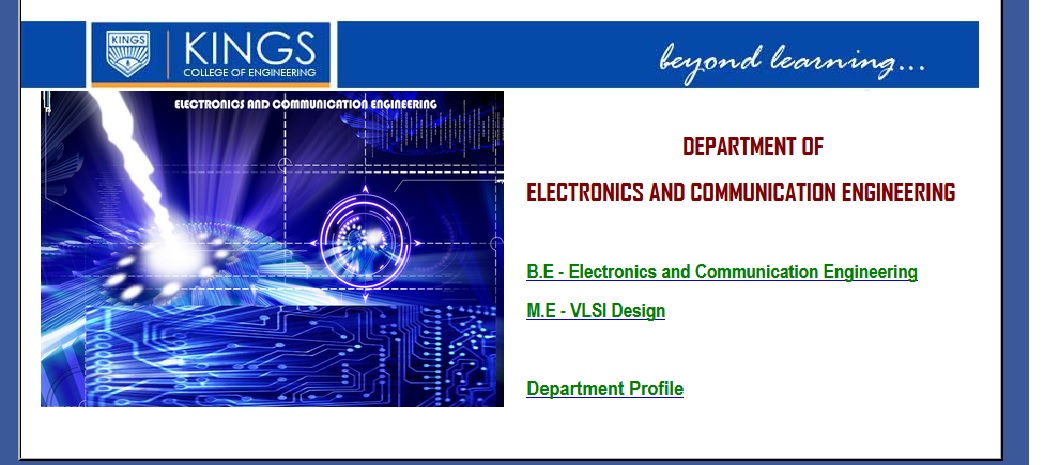CS1029 Network Security Question Bank : kings.ac.in
Name of the College : Kings College Of Engineering
Department : Electronics & Communication Engineering
Subject : Network Security
Website : kings.ac.in
Document Type : Question Bank
Download Model/Sample Question Paper : https://www.pdfquestion.in/uploads/ki…20SECURITY.pdf
Kings Network Security Question Bank
Unit – I
Part A : (2 Marks)
1. What are the essential ingredients of a symmetric cipher?
2. Define the Caesar cipher.
Related : Kings College of Engineering EC1013 Radar & Navigational AIDS Question Bank : www.pdfquestion.in/485.html
3. Define the monoalphabetic cipher.
4. Define the playfair cipher.
5. What is the difference between a block cipher and a stream cipher?
6. What are the two approaches to attacking a cipher?
7. What do you mean by stream cipher?
8. How many keys are required for two people to communicate via a cipher?
9. What do you mean by block cipher?
10. What do you mean by avalanche effect?
11. What are the advantages of DES?

Part-B : (16 Marks)
1. Briefly explain Block Cipher modes of Operation (16)
2. Explain AES. (16)
3. Explain Classical Encryption Techniques. (16)
4. Explain DES with neat diagram (16)
5. Describe about Traffic Confidentiality. (16)
Unit – II
Public Key Encryption And Hash Functions :
Part-A : (2 Marks)
1.What are the characteristics of public key encryption?
2. Differentiate conventional & public key encryption?
3. What are the requirements of key distribution?
4. What are the techniques for distribution of public keys?
5. What do you mean by ECC?
6. Advantages of cryptography with elliptic curve?
7. What are the authentication requirements?
8. Define MAC?
9. What is meant by message authentication?
10. Define Hash function?
11. What are the properties of digital signature?
12. What are the requirements of digital signature?
Part-B :(16 Marks)
1. What do you mean by Public key cryptography and explain the RSA -algorithm and it’s security mechanisms? (16)
2. Explain about the various Key management techniques. (16)
3. Explain Elliptic Curve Architecture. (16)
4. Explain Authentication Functions. (16)
5. Explain Hash Functions. (16)
6. Explain Digital Signature Standard. (16)
Unit – III
Network Security Practice :
Part-A :(2 Marks)
1. Define Kerberos
2. What are the requirements of Kerberos?
3. Define X.509
4. Define Pretty Good Privacy
5. What are the reasons for the popularity of Pretty Good Privacy?
6. What are the services offered by PGP?
7. Define S/MIME
8. What are the MIME specifications?
9. What are the functions of S/MIME?
10. What are the steps for preparing an enveloped data for a MIME entity?
11. What are the applications of IP security?
12. Draw the IP Security ESP format
13. What are the steps for preparing a signed data MIME entity?
14. What are the benefits of IP Security?
Part-B : (16 Marks)
1. Explain the authentication service provided by Kerberos? (16)
2. Explain X.509 authentication service? (16)
3. Briefly explain Pretty Good Privacy? (16)
4. Explain S/MIME? (16)
5. Explain the IP security architecture? (16)